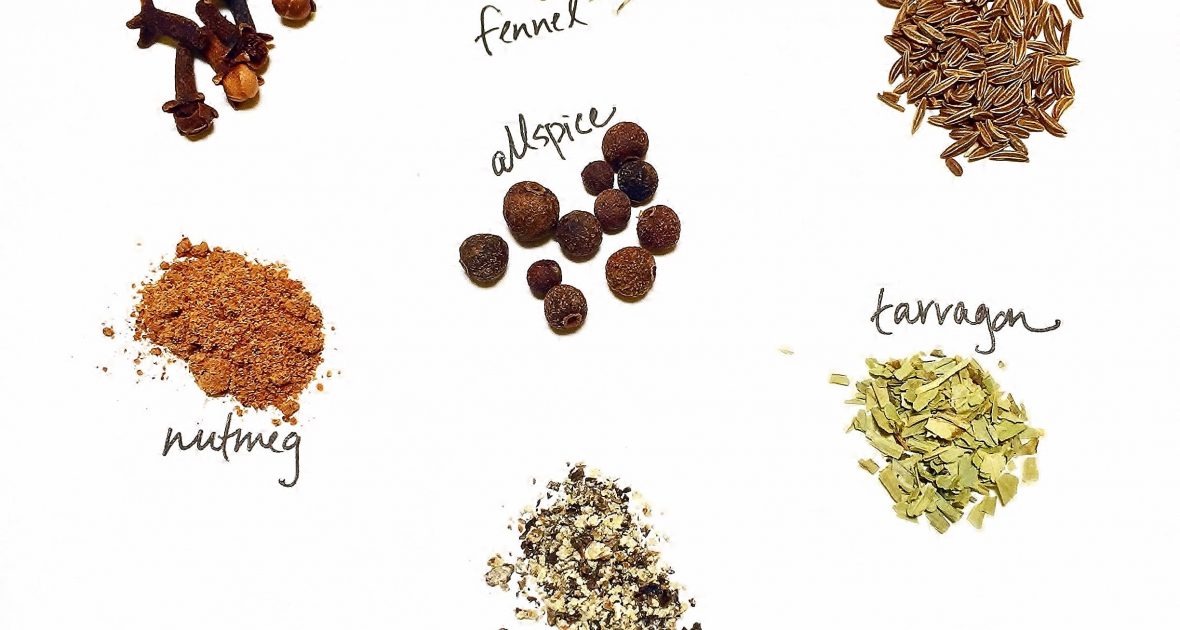Rule #1: There are no rules.
By this I mean, there are absolutely no set standards for what you “should” be smelling or tasting in a wine. If you smell rose petals but your friend thinks you’re crazy because clearly it’s tomato leaf, you’re both right. Is it cherry or strawberry in that Pinot Noir? The answer is: yes.
Sure, there’s a lot of science behind what goes into wine, but part of what makes wine so fun is that it allows for a very subjective, personal experience. Because none of us have the same set of smell and taste memories, none of us will come at a wine in exactly the same way. If you have a group of people you taste wine regularly with, it’s natural that your palates will calibrate and you’ll be able to use similar descriptors. But nothing can take away from your personal experience with the wine. You’ve got one perspective to work with, and it’s a valuable one.
The easiest way to get into describing wine is to connect what’s in your glass to tangible things in your world: the things you eat and cook with, the smells you encounter everyday, and all those little sensory details you normally don’t give much thought to are all essential parts of your personal memory bank. If you go into describing your Cabernet saying, “It smells like wine,” well… you’re not wrong, but now it’s time to go beyond that initial impression and see how many layers you can uncover. See if you can get any of the vanillin aromas that come when you bake cookies. Is there any smokiness that’s reminiscent of the bonfire you had last weekend? Is that lemony scent closer to the fresh lemon you sliced up for your ice water, or to the Mr. Clean dish soap you use? These are the questions that will heighten your sensory awareness, and make your normal glass of wine much more interesting than you ever gave it credit for.
That being said, we need to train your schnozz! This is where your spice rack will come in handy—you’ll definitely need that available for every wine you deconstruct. When you’re first starting out, you’ll literally have to methodically go through each spice you have (even the ones that don’t make any sense), giving each one a sniff and then going to your wine to see if that smell is also in your glass. Sounds tedious, but it won’t take long for your brain to recognize the aromas outright instead of having to be reminded by the real thing.
And since there are more than just spices in a wine, you’ll also benefit from having a few fresh fruits and veggies on hand. Blueberries, blackberries, cherries, apples, pears, citrus fruits, as well as any kind of jams, preserves or fruit juices will be very helpful in getting to know your wine. (And as I type this, I’m realizing that I can knock out two potential New Years’ Resolutions with one stone: eat healthier, and learn wine! Hmmm…)
But why stop there? Everything in your personal environment, from your dirty laundry to your wet dog to your old baseball glove, is important sensory information. If something in your wine reminds you of a specific smell or flavor, go dig it out and see if you’re right!
Finally, there are many of us that have particular affinities or aversions towards certain fruits, spices, aromas or flavors that are completely unrelated to the wine in front of you. For the sake of education and expanding your horizons, it’s best if you can forget the fact that you loathe blueberries or detest the smell of fennel for the time being. Go in with a blank slate, and take the wine as it is. After you’ve learned all about it, then you can decide whether you like it or not.
On to the star of this particular show: Cabernet Sauvignon is the first grape that we’ll dig into. By the end of this session, you’ll know the grape inside out, understand its unique qualities, and realize that it’s more than just a big, boozy red (which, don’t get me wrong, it very often is). But did you know that Cab Sauv is actually a fairly new grape in the history of winemaking? Most accounts say that winemakers in Bordeaux only started planting it regularly by the late 18th century… only a few decades before it made its debut in California! So what’s the real story behind this rock star grape? Read on, and use your nose and tongue to find out for yourself.
